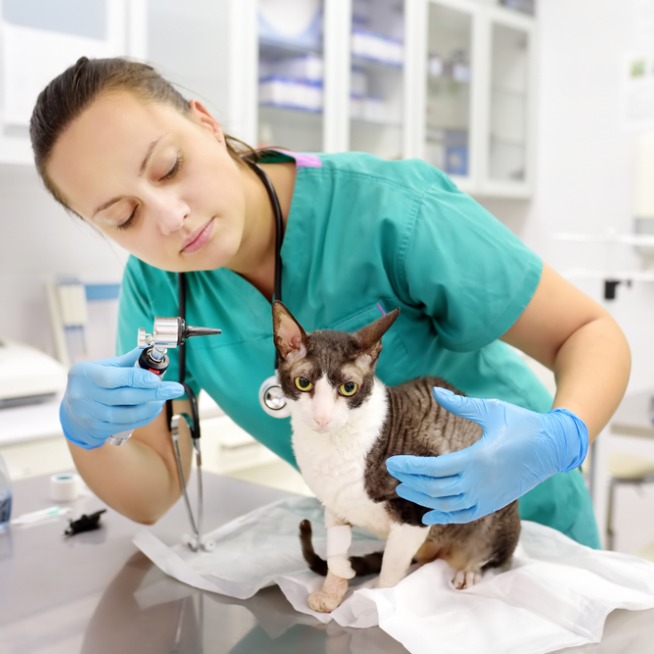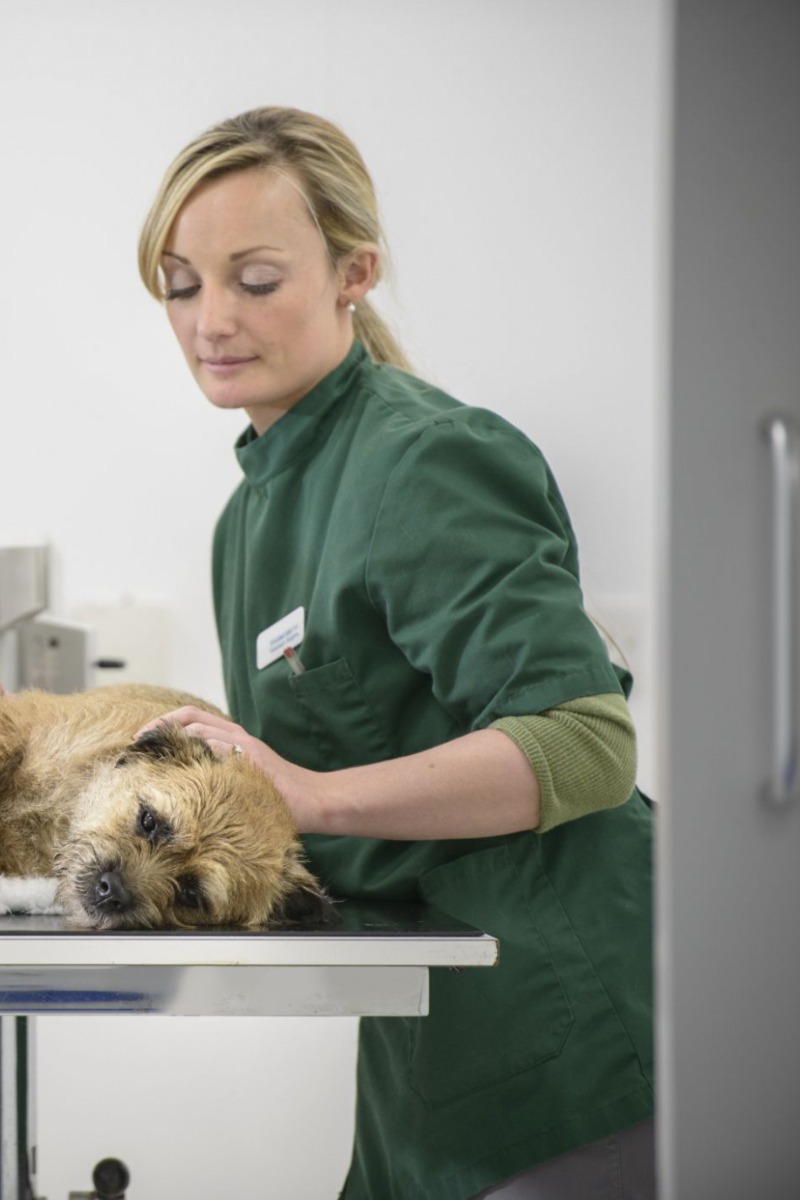PPSC currently offers a Veterinary Assistant certificate for those interested in starting their careers in the veterinary field. This Certificate program can be completed in as little as three semesters.
Veterinary assistants are an integral asset to any veterinary practice. Veterinary assistants are responsible for comforting and restraining animals during examinations and care, maintaining surgical rooms, exam rooms, equipment, kennels and cages, as well as, assisting the veterinarians and veterinary technicians with a variety of diagnostic tasks.

Upon completion of the Veterinary Assistant Certificate, students will be able to:
Students who receive their Veterinary Assistant Certificate will be qualified to:
The Veterinary Assistant Certificate program is designed to allow students to become proficient in a variety of applied veterinary assistant tasks and duties. Upon graduation, students will be qualified to apply to entry-level veterinary assistant positions within the animal health field.
*Your personalized schedule will be best determined by meeting with an Academic Advisor
Total Credit Hours for First Semester: 8 Credit Hours
Total Credit Hours for Second Semester: 6 Credit Hours
Total Credit Hours for Second Semester: 3 Credit Hours
Total Credit Hours for Veterinary Assistant Certificate: 17 Credit Hours


Career and Technical Education (CTE) – Notice of Non-Discrimination and other disclosures.